 Investment from Hyundai Mobis and GM Ventures will help Envisics develop next-level head-up displays
Investment from Hyundai Mobis and GM Ventures will help Envisics develop next-level head-up displays
British automotive technology developer Envisics is plotting significant global expansion following substantial investment from a number of influential companies.
The UK-based firm describes itself as an “inventor of enabling dynamic holographic technologies for augmented reality head-up displays”. Its latest system operates using three planes, which is unique in that it gives drivers the perspective of distance.
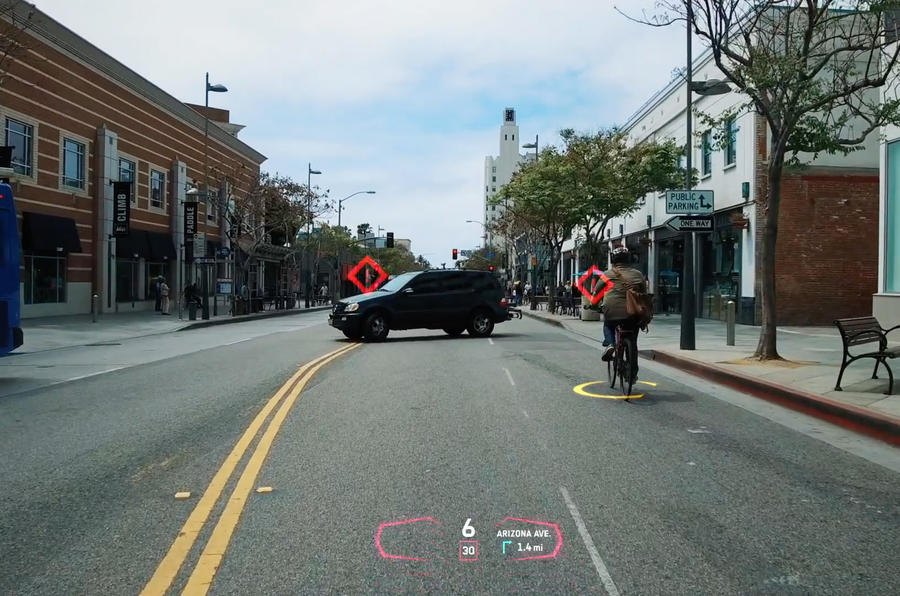 Investment in this latest funding round came to a total of roughly AUD$71 million, which will support its efforts to bring its technology to production cars.
Investment in this latest funding round came to a total of roughly AUD$71 million, which will support its efforts to bring its technology to production cars.
Investors include Hyundai Mobis, the parts and servicing arm of the Hyundai Motor Group; the venture-capital subsidiary of General Motors (GM); Chinese car maker SAIC; and US investment firm Van Tuyl Companies.
Envisics began supplying laser holography technology to Jaguar Land Rover in 2014 for use in that company’s head-up displays.
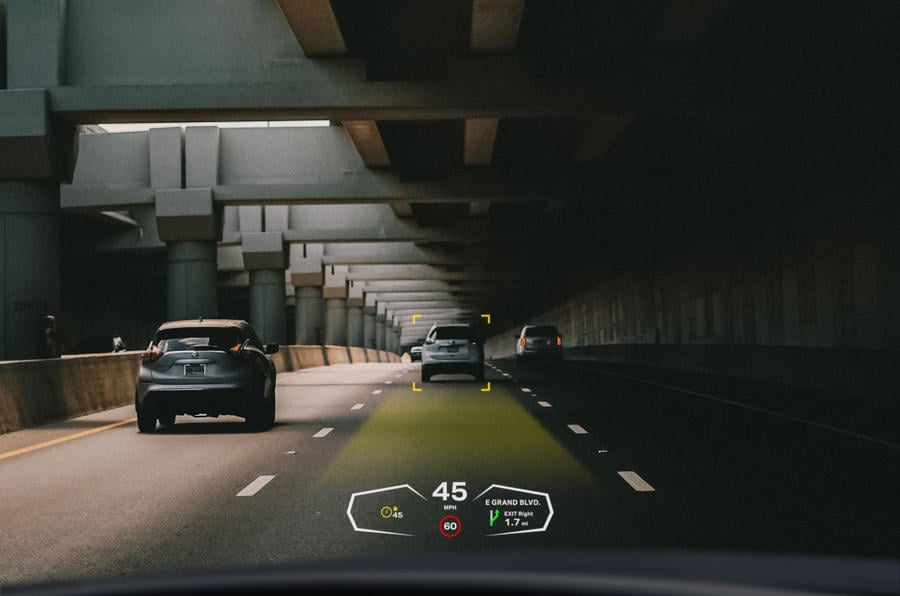 Envisics claims to have developed a holographic platform that “enables true holography across multiple mobility applications” and is readying its next-generation product for series production.
Envisics claims to have developed a holographic platform that “enables true holography across multiple mobility applications” and is readying its next-generation product for series production.
The cash injection will support Envisics as it ramps up its global operations to meet “exponential growth in demand” for its technology from several unnamed car manufacturers, likely including Hyundai, GM and SAIC, and to bolster its product offering.
The company, which currently has offices in the UK and US, plans to double in size over the next 12 months.
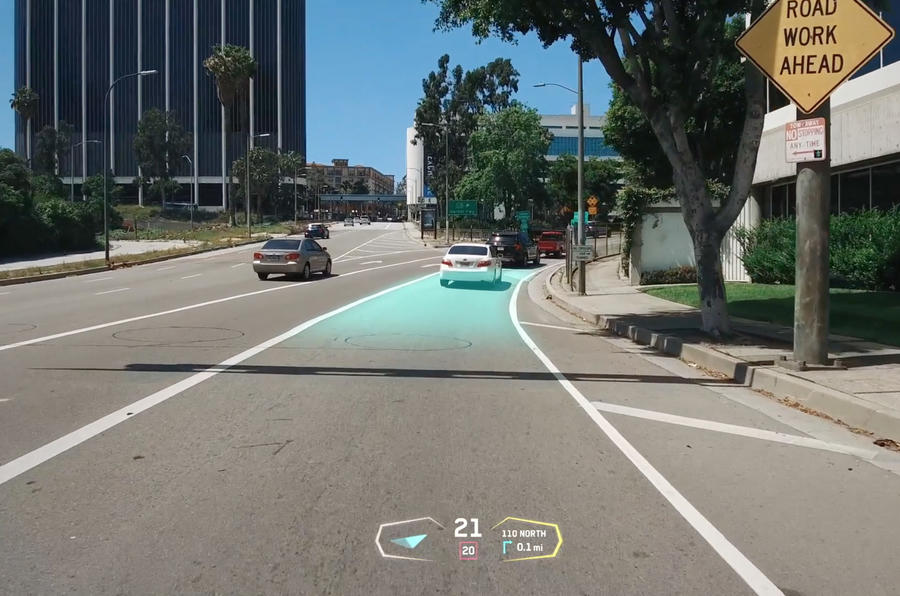 Envisics CEO Jamieson Christmas told Automotive Daily’s exclusive partner Autocar: “We’ve made very substantial progress. We’re further maturing the technology, we’ve won our first series production contract for this technology and it’s now heading towards vehicles.”
Envisics CEO Jamieson Christmas told Automotive Daily’s exclusive partner Autocar: “We’ve made very substantial progress. We’re further maturing the technology, we’ve won our first series production contract for this technology and it’s now heading towards vehicles.”
He added that the rise of self-driving technology provided an opportunity for development: “With a conventional cruise control system, you still remain quite alert and looking at the road in front of you, but with these more enhanced semi-autonomous systems, there’s a much greater level of disengagement from the drivers.
“That’s really concerning, because the driver is still in control of the vehicle. So one of the questions we know OEMs are asking is: ‘how do you best communicate to drivers and passengers what the car is doing, where it’s going and what the hazards are in a way that’s extremely timely?'”
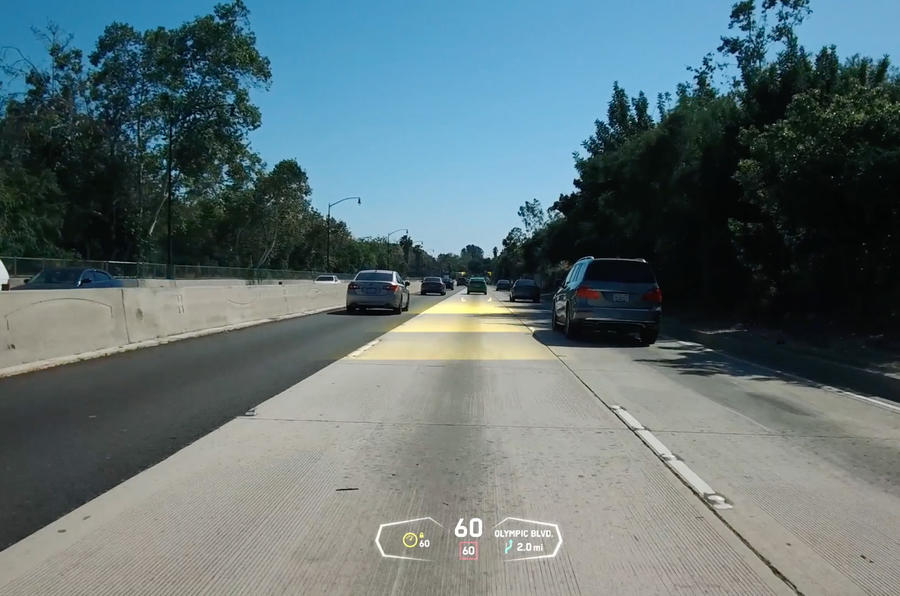 Christmas declined to give further details on what the next-generation system will be capable of but said: “The advancement of electrification and autonomy fits quite neatly into our vision of what he future user experience of a vehicle will look like.
Christmas declined to give further details on what the next-generation system will be capable of but said: “The advancement of electrification and autonomy fits quite neatly into our vision of what he future user experience of a vehicle will look like.
“In an electric car, power consumption is everything. It just so happens that our holographic technology is massively more power-efficient than any other conventional display technology. It consumes way less than half the power.”
Holographic head-up displays are becoming more widespread, with both Volkswagen and Mercedes-Benz using the technology on cars including the ID 3 and new S-Class.
Christmas, however, was keen to point out that Mercedes’ holographic functionality “doesn’t do what we do, in that its system is one very large image that’s quite far away,” adding: “We have the ability to put the information at different distances, which has a number of different benefits for the driver.”
Felix Page




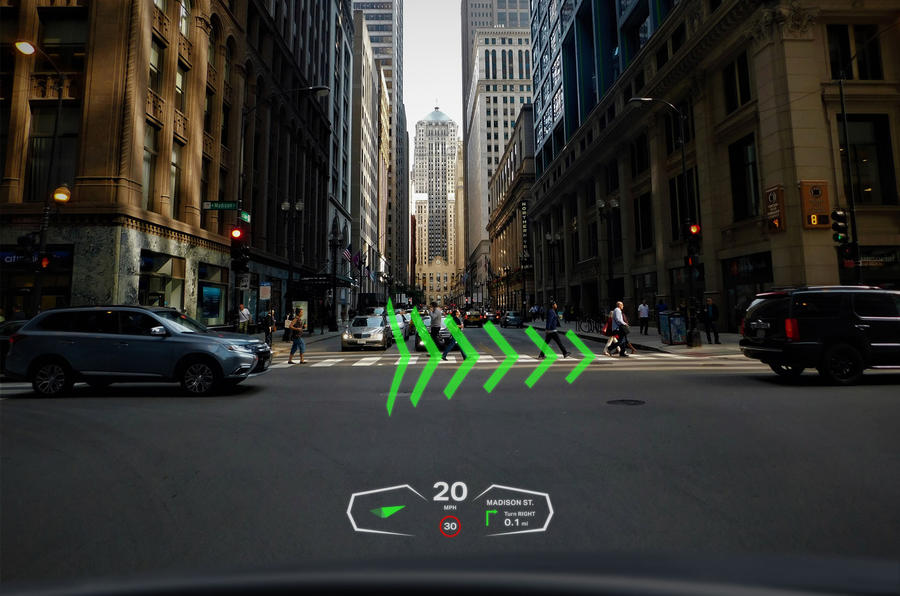 Investment from Hyundai Mobis and GM Ventures will help Envisics develop next-level head-up displays
Investment from Hyundai Mobis and GM Ventures will help Envisics develop next-level head-up displays